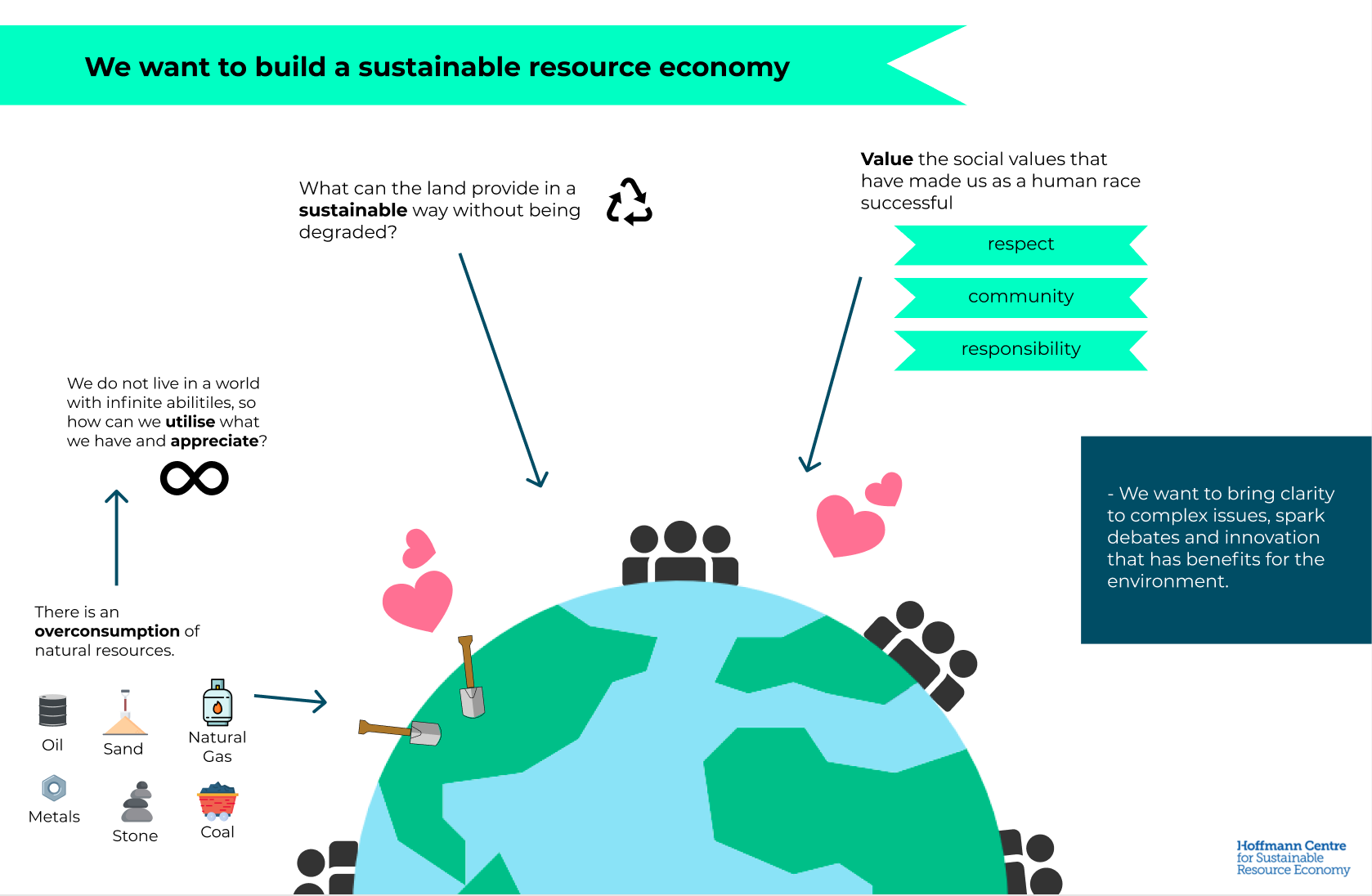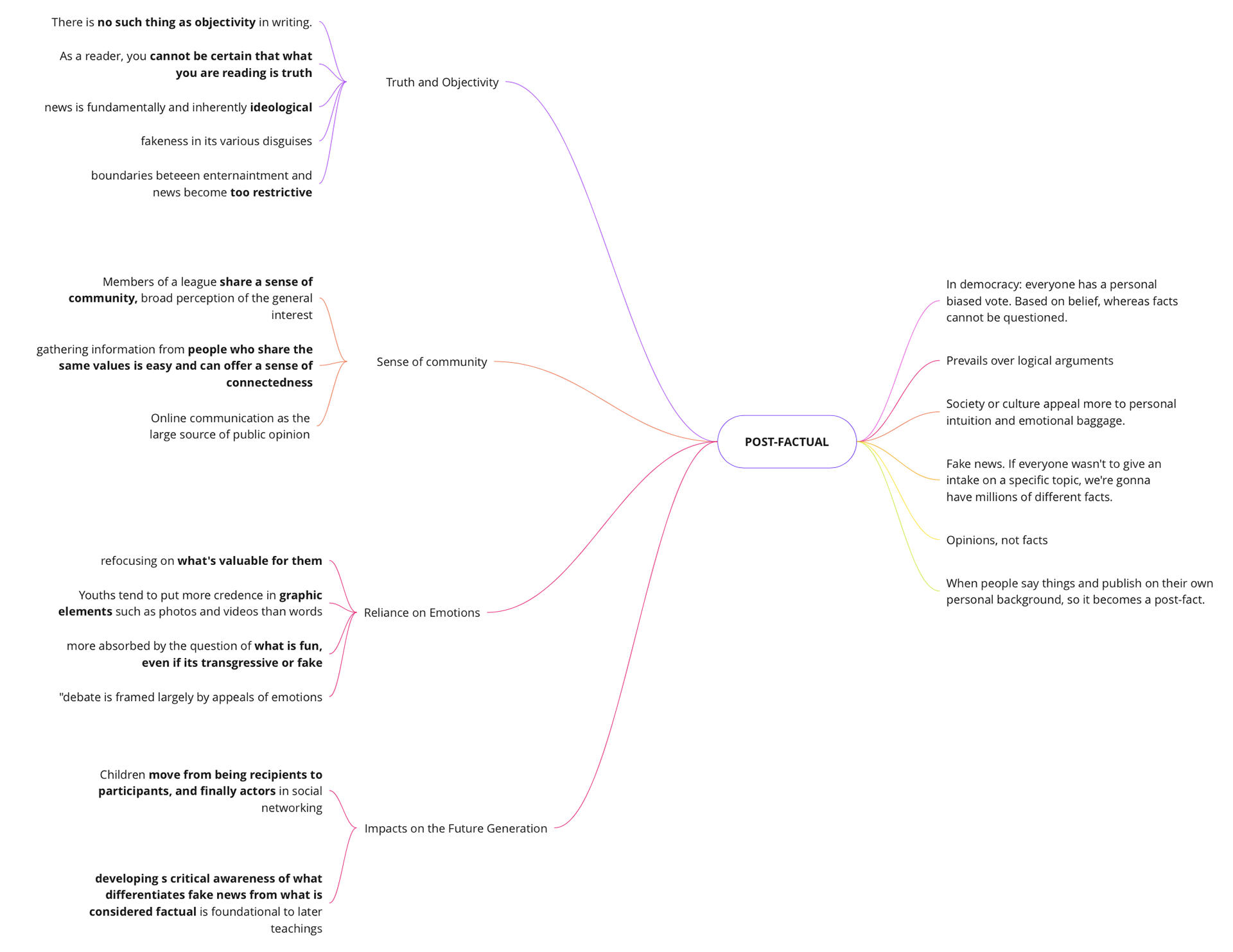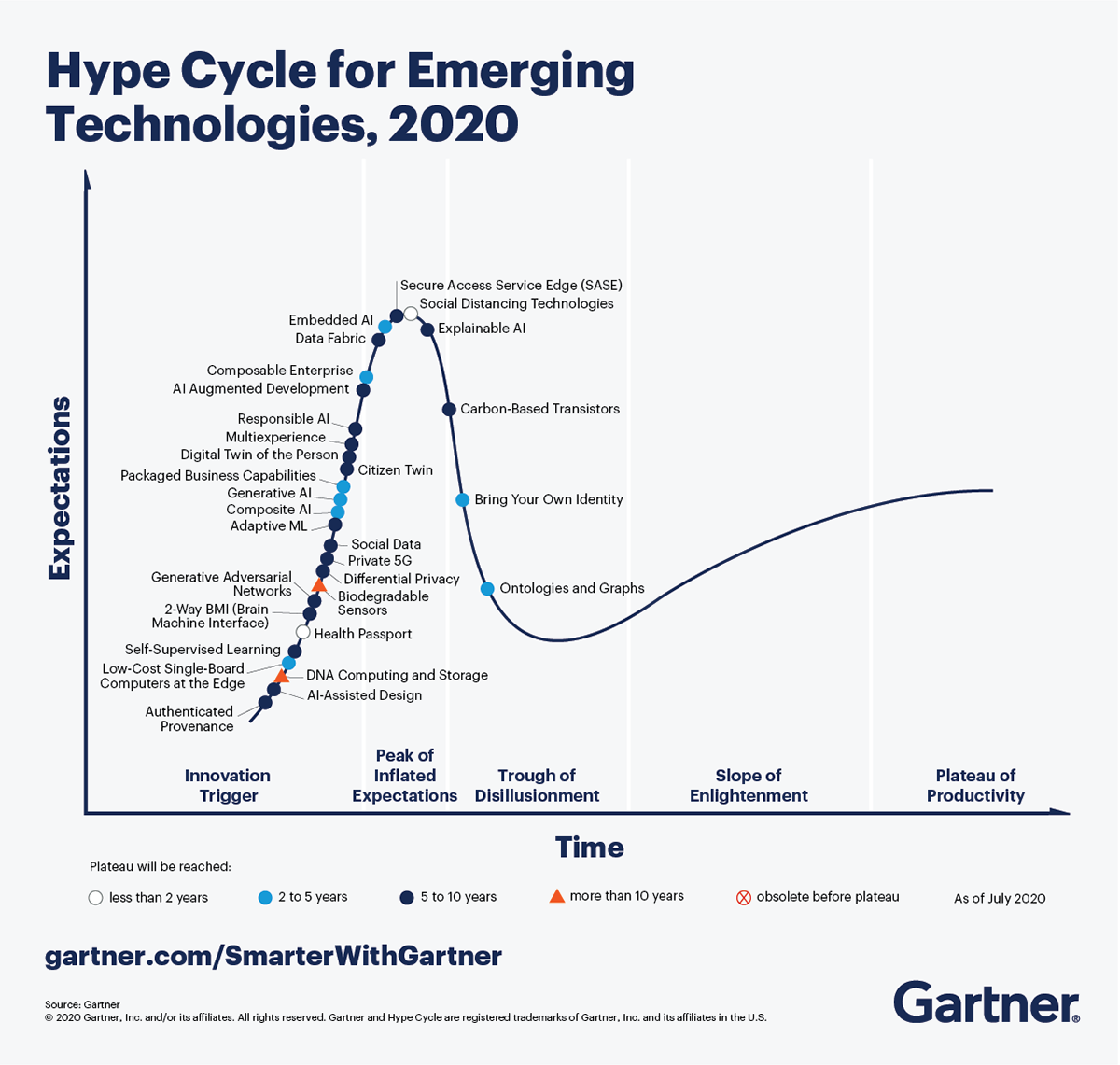11th February - 18th February
Partner Company: Applied works
Brief: Design a way for people to experience The Hoffman Centre collections
Group: Maria Shuttleworth, Tatiana Bohsali, Qendresa Selimi, Kate Chernysheva
Partner Company: Applied works
Brief: Design a way for people to experience The Hoffman Centre collections
Group: Maria Shuttleworth, Tatiana Bohsali, Qendresa Selimi, Kate Chernysheva
APPLIED WORKS GROUP 2: REINVENTING AIR TRAVEL
Upon a group discussion the four of us, Tatiana, Maria, Qendresa and I, have chosen to focus on the topic of reinventing air travel. The idea of being able to travel to different places has always excited me and the idea of challenging myself to rethink how that might be in the future as part of the project fascinated me.
We began the project by discussing how to best organise ourselves. Maria created a Notion page where we recorded our meetings, research findings, feedback and everything project-related. This was the best decision we made, as it really helped us with tracking our progress. We recorded meeting minutes and took screenshots for visual representation. Interestingly, I realised that just looking at a screenshot of a meeting, seeing what you wore that day, where you sat helps to remember what was discussed as well.

This week's group meetings. Screenshots taken by Kate.
Desk RESEARCH
Firstly, we began to research three key topics we have identified from the brief: Hoffmann centre, post-factual audiences and aviation to inform ourselves.
Hoffmann Centre - Their aim is to bring clarity to complex issues, spark debate and encourage innovation which has benefits for the environment and population. This is done through their website, they showcase articles, projects and events (Chatham House, 2017). They question how can we use what is left on our planet and not destroy it further?


Mind map presenting our findings on Hoffmann Centre developed collaboratively on Miro.
Infographic presenting Hoffmann Centre's goals and purpose. Image found online.
Aviation - an industry that encompasses almost all aspects of air travel which has contributed massively to the deterioration of global carbon emission.

Simplified mind map presenting our findings on Air travel developed collaboratively on Miro.
Post Factual Audiences - an audience that replaces factual knowledge with emotional appeal and personal beliefs (Pfeil, 2018). For example, youths tend to put more credence in graphic elements, such as photos and videos, which can be easily fabricated. Hence, online communication gradually eliminate the boundaries between fact and fiction.

Mind map presenting our finding on post-factual audiences developed by Tatiana on Miro.
Upon discussing and organising our findings we decided that it would also benefit us to explore the idea of design fiction or speculative design as our way forward in the project. We remembered the examples of the "Living Room of the Future" and "Polly the Kettle" from the reading by J. Lindley and P. Coulton (2015) and found ourselves to be very interested in going in a similar direction.
Design Fiction - speculating about how things could be and to imagine possible futures (Dunne & Raby, 2014).


Mind map presenting our findings on Design Fiction developed collaboratively on Miro.
The Futures Cone. Image taken from an online source.


Exploring emerging technologies and future trends. Images taken from online sources.

My own mind map exploring the future of air travel.
Target Audience & Research Methods
One of the steps this week was also establishing what research methods we may need to use in order to acquire more information using ‘Universal Methods of Design’ by B. Martin and B. Hanington. This made us realise that it is important that we establish a target audience before making a decision about whether or not we need some of them. However, we decided to start with case studies.

Mind map presenting our research methods options developed by Tatiana on Miro.
CASE STUDIES
To get a better understanding of what we want to achieve within the project we decided to look at examples that show different ways of experiencing information and thinking about the future. I found two examples, one of which was The Sketch Town. It aims to facilitate imaginative thinking about different aspects of the future, including transportation. These examples made me feel very inspired and directed our next steps to look into gamification for our design.


Case studies found by me. All images and information taken from online sources.



Case studies found by Qendresa, Tatiana and Maria (from left to right respectively). All images and information taken from online sources.
PRESENTATION & FEEDBACK
After our weekly Thursday presentation, we received very positive feedback about our progress so far. Our peers enjoyed hearing about our case studies and encouraged us to go further in that direction. However, there were a couple of things that helped to guide us. Overall feedback was to start experimenting through design, make things and experiment. We shared our ideas about making a card game as an outcome, but John fairly mentioned that it is already used quite a lot, which I agree with. Alaistair gave us a suggestion to look into Cameron Tonkinwise's interpretation of the future cone and the concept of Backcasting to inform ourselves. He also mentioned that we should try to encourage young people to participate in conversations about the environment and travelling through our design.
bibliography
Applied Works. n.d. Identity, website, infographics & reports | Hoffmann Centre. [online] Available at: <https://applied.works/work/hoffmann-centre>
Alvermann, D., 2017. Social Media Texts and Critical Inquiry in a Post-Factual Era. Journal of Adolescent & Adult Literacy, 61(3), pp.335-338.
Chatham House, 2017. Introducing the Hoffmann Centre for Sustainable Resource Economy. [video] Available at: <https://www.youtube.com/watch?v=CEwe3IAWoUM&feature=emb_title> [Accessed 1 April 2021].
Dunne, A. and Raby, F., 2013. Speculative Everything: Design, Fiction, and Social Dreaming. Cambridge, Massachusetts and London, England: MIT Press, pp.69–88.
Ettema, J., 1987. Journalism in the “post‐factual age”. Critical Studies in Mass Communication, 4(1), pp.82-86.
Lindley, J., Akmal, H. and Coulton, P., 2020. Design Research and Object-Oriented Ontology. Open Philosophy, 3(1), pp.11–41.
Martin, B. and Hanington, B., 2012. Universal methods of design. Beverly, Massachusetts: Rockport Publishers.
Pfeil, Katharina. (2018). Expertise in a Post-Factual World: the Ideational Power of Think-Tanks. St Antony's International Review (stair) ISSN 1746-451X (Print). 13. 88-108.
Revfine.com (2020). Aviation Industry: All You Need to Know About the Aviation Sector. [online] Revfine.com. Available at: https://www.revfine.com/aviation-industry/#:~:text=The%20aviation%20industry%20encompasses%20almost.
Images:
The Futures Cone - https://thevoroscope.files.wordpress.com/2015/12/futurescone-cdb.png
Hype Cycle - https://images-cdn.newscred.com/Zz0xZTMzMGUxNGRlNWQxMWVhYTYyMTBhMTMzNTllZGE5ZA==
Future trends - https://www.boardofinnovation.com/tools/future-scan/